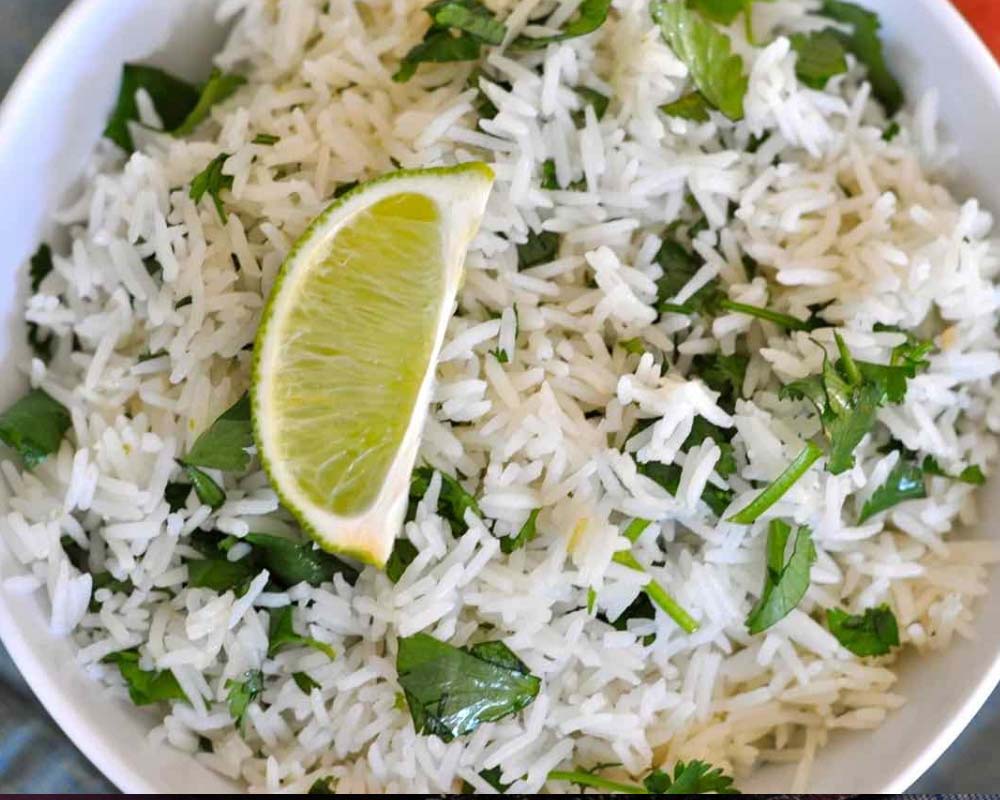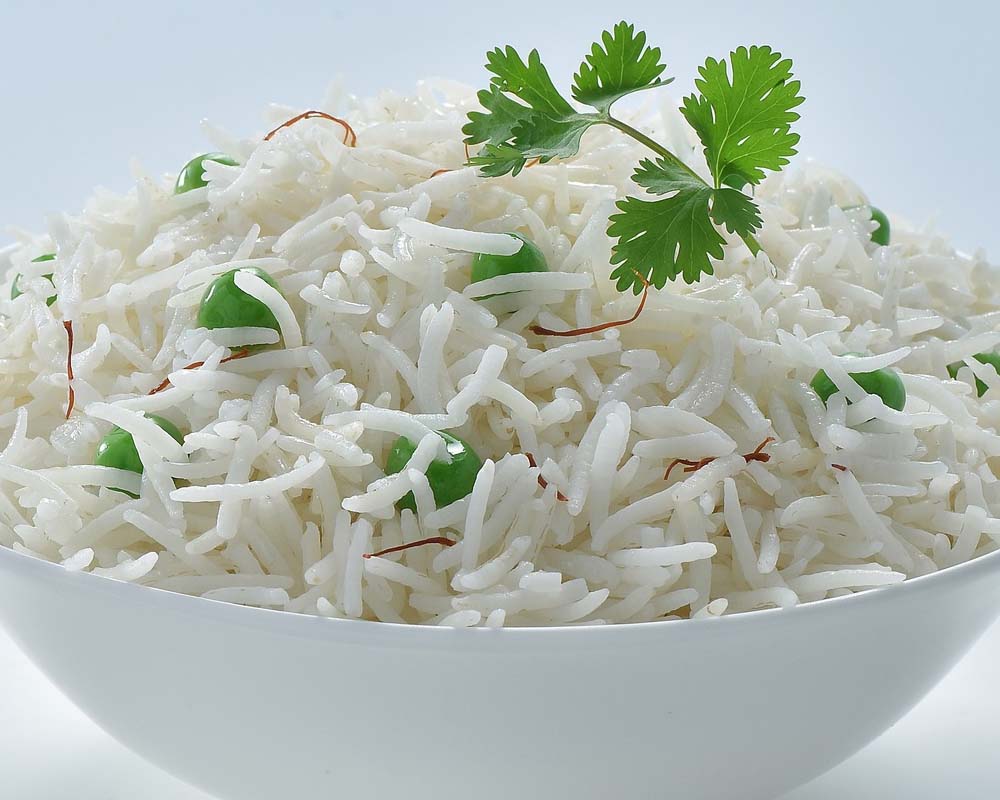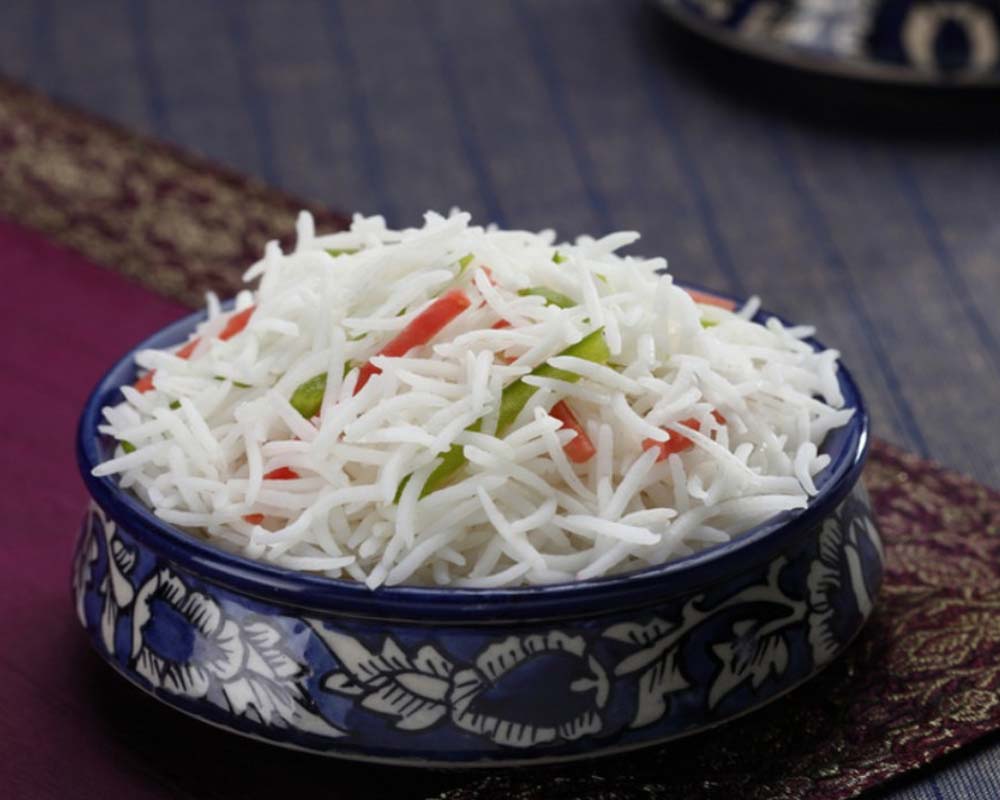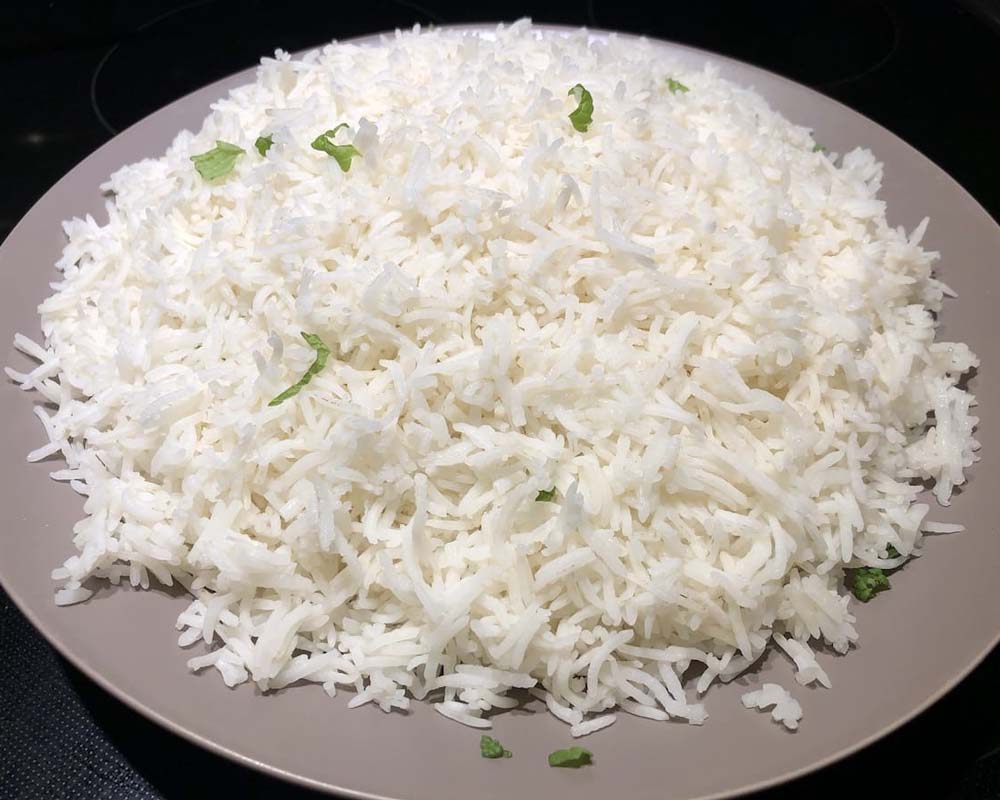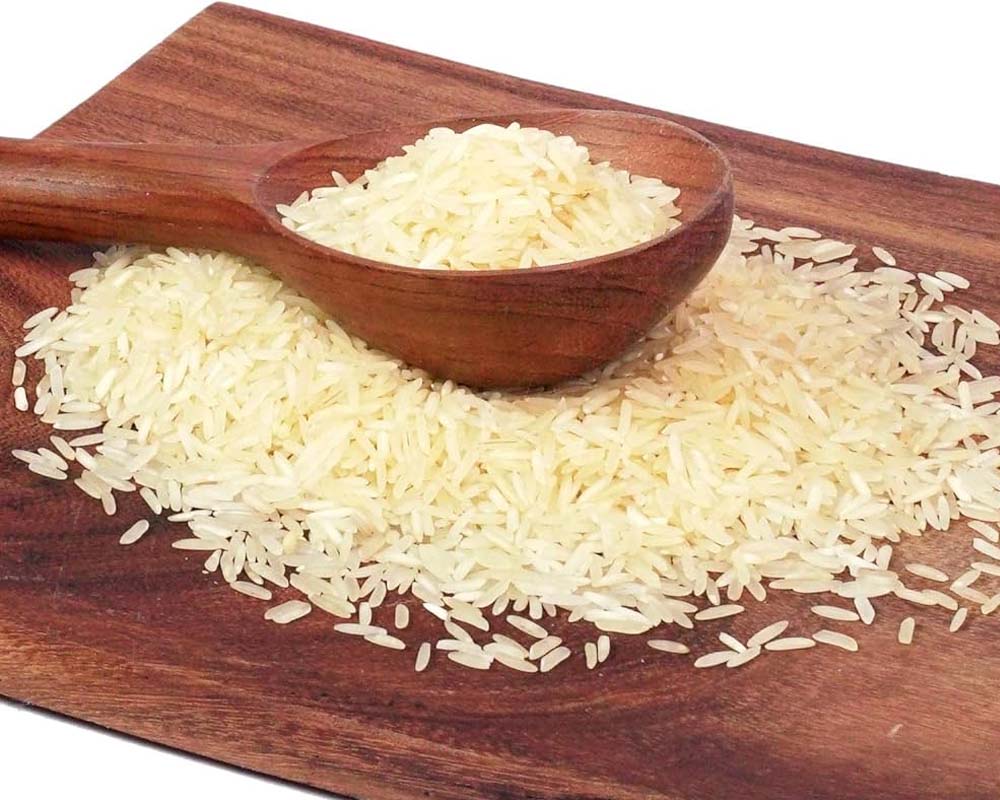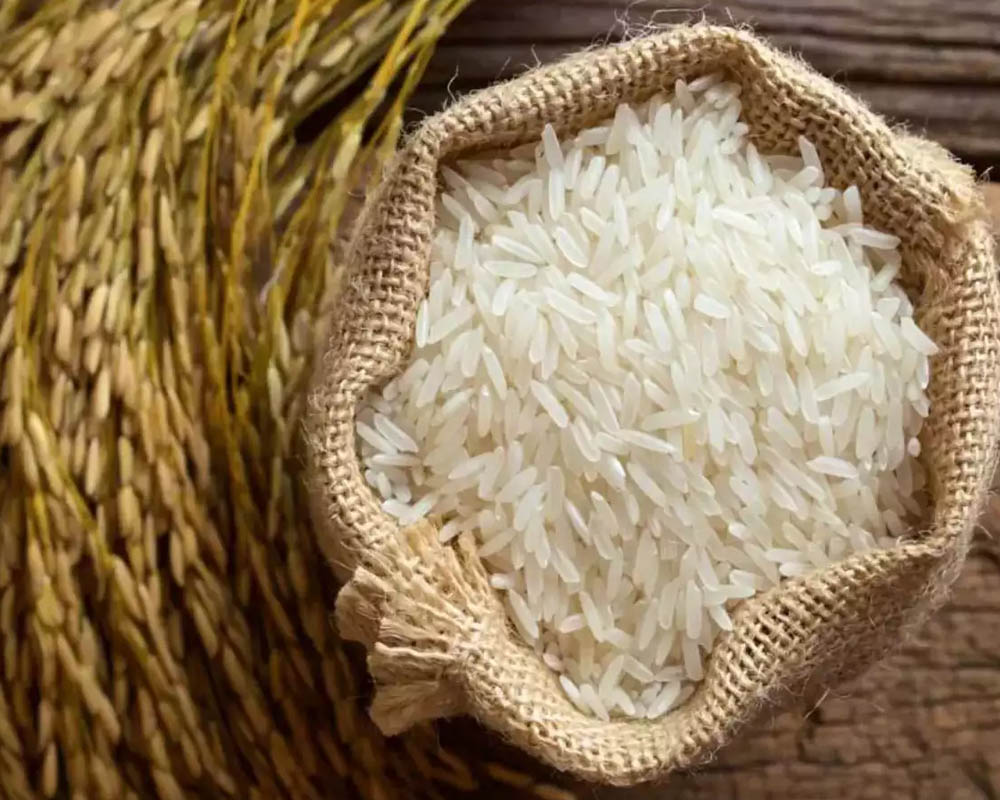How to use basmati rice in various dishes
Basmati rice is a versatile ingredient that can be used in a variety of dishes, both savory and sweet. Here are some ideas on how to use basmati rice in multiple dishes: 1. Biryani: As mentioned earlier, basmati rice is commonly used in biryani, a flavorful and aromatic Indian dish that combines rice with spices, […]

